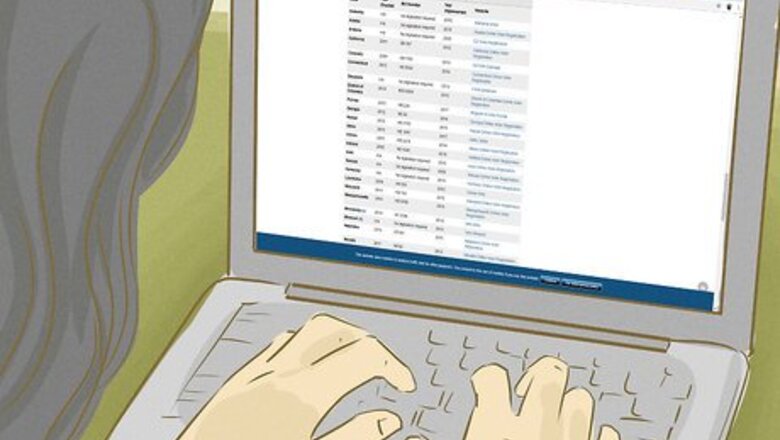
views
Requesting an Absentee Ballot
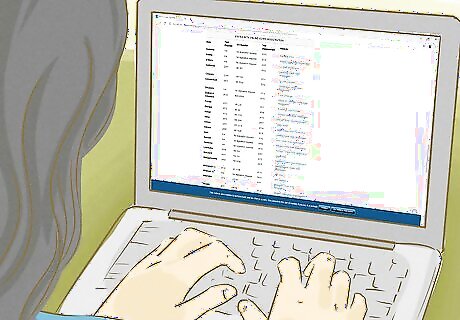
Check to make sure you’re registered to vote in your state. You must be registered to vote before you apply for an absentee ballot. If you’re not registered, you will not be eligible to receive an absentee ballot, and your ballot request will be denied. Find out if you’re registered to vote by entering your voter information online at: https://www.vote.org/am-i-registered-to-vote/. If you find that you’re not registered, register to vote as soon as possible. Also be aware that every state has its own voter-registration deadline.
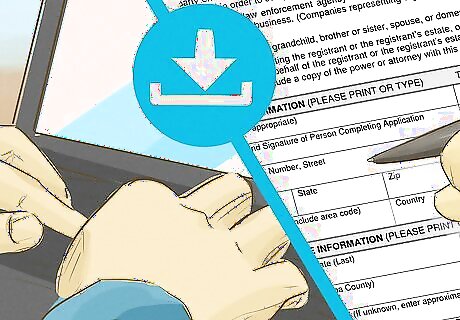
Download an absentee-ballot application online. Most states allow you to input your voter information online in order to submit a request for an absentee-ballot application. Access your state’s or county’s board of elections website and look for information regarding the ballot application. Download and print the application. You can also download a ballot request form online through Vote.org at: https://www.vote.org/absentee-ballot/. EXPERT TIP "Voting absentee means that you either aren't in the physical state or you can't get to the polls." Bridget Connolly Bridget Connolly Political Activist Bridget Connolly has volunteered on political campaigns at the local and federal level for over 10 years, most notably for the 2008 Obama campaign in Nevada and Josh Harder's Congressional race in 2018. She has gone door-to-door to help register voters and get out the vote in both California and Nevada. Bridget Connolly Bridget ConnollyPolitical Activist

Look for your absentee ballot in the mail if you live in CO, WA, or OR. These 3 states conduct every election through the mail and automatically mail an absentee ballot to all registered voters. You should receive your absentee ballot at least 30 days prior to Election Day. If you haven't received a ballot, contact your county clerk and recorder. If you live in one of these states and do not receive a ballot, there may be a problem with your voter registration. Contact your county election office to clarify and resolve the problem.
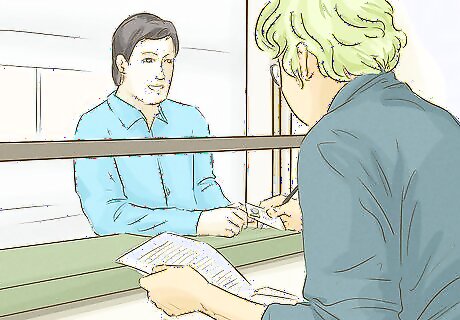
Request an absentee ballot in person at your county’s election offices. Most counties have election boards or departments, and this is the easiest place to make an in-person request for a ballot. Fill out and hand in the ballot request at the office as well. It’s a relatively short form and takes under 5 minutes to complete. Look up the contact information for your local election board by searching online. You can look for the department's website or just search “where is my local election board office?” Find your county election board’s address online at: http://www.usa.gov/Agencies/Local-Government/Cities.shtml.

State a reason for requesting an absentee ballot if your state requires it. 21 states require you to provide a specific reason for needing an absentee ballot. Once you receive your ballot application, you’ll be able to check a box or briefly write your reason for needing an absentee ballot. If the county doesn’t find your reason to be valid, they may deny your ballot request. Valid excuses include having a disability, being away on military service, being out of the country on Election Day, or being out of the state on Election Day.

Send your application to the county board of elections office. Seal the application in an envelope and send it via mail to the office of your county’s board of elections. Do not send the completed application to the Secretary of State’s office. The deadline for application submissions varies from state to state. In general, mail your application at least 4 days before the date of the election. If you’re not sure where your board of elections is housed, you can find out online. Refer to the database at: https://www.usa.gov/local-governments.
Requesting a Ballot Overseas or in the Military

Request a FPCA through the FVAP if you’re in the military. The easiest, most streamlined way to request an absentee ballot is by contacting the FVAP and requesting a Federal Postcard Application (FPCA). An FPCA allows members of the armed services located overseas to simultaneously register to vote and apply for an absentee ballot. If you're in the armed services, fill out the FPCA even if you have previously registered to vote. An online version of the FPCA is also available. Find the FPCA request form online at: https://www.fvap.gov/uploads/FVAP/Forms/fpca.pdf. The FVAP also offers an online assistant to help with the paperwork. Learn more at: https://www.fvap.gov/fpca-privacy-notice. Finally, you can pick up a paper copy of the FPCA at the nearest U.S. embassy or consulate. If you are stationed outside of your state or outside of the country, you can still vote in all local, state, and federal elections as long as you are a U.S. citizen, a minimum of 18 years old, and registered to vote.

Contact the FVAP for an FPCA if you’re a civilian outside the U.S. If you’re an American non-military citizen living abroad, you’re still entitled to vote via absentee ballot. To receive the ballot, reach out to the Federal Voting Assistance Program (FVAP). Contact the FVAP through their website at: http://www.fvap.gov/. Send an email or call the office and ask how to begin your Federal Postcard Application and receive an absentee ballot. Alternatively, get in touch with the election department in the state that contains your legal place of residence. Look up the department's contact information online or via a government directory, and inquire as to how you can apply for an absentee ballot. The Federal Voting Assistance Program (FVAP) is accessible to U.S. citizens regardless of present location. For additional assistance, call the FVAP international hotline, listed online at: http://www.fvap.gov/vao/vag/appendix/toll-free.
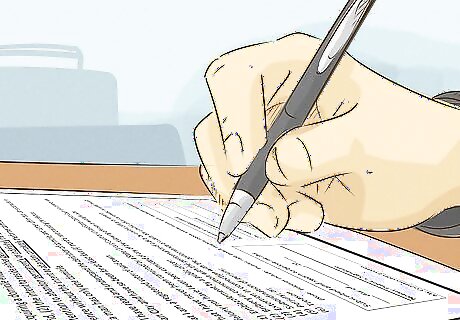
Fill out the FPCA as directed by the enclosed paperwork. Follow the instructions provided to complete the FPCA form. Since the form will register you to vote in addition to formally requesting an absentee ballot, it may require information including your U.S. address, your SSN, and your military or non-military status. Immediate family members can also request and fill out their own FPCA forms. Eligible spouses and children of military members can also vote as long as they are U.S. citizens who are at least 18 years old. If a child is a U.S. citizen but has never resided in the country, many states will allow that child to claim a parent's state or residence as their own.
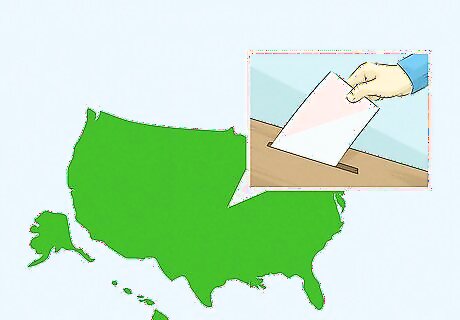
Provide your legal voting residence on the FPCA. Although you reside or are stationed overseas, your state will still need to know your legal voting residence in the U.S. Typically, your legal voting residence is the state in which you lived prior to enlisting or moving abroad. You may no longer have a formal connection to your past residence, but if you have not claimed a new place of residence since, you must use that location. If your immediate family has moved residences, claim their address as your new legal voting residence, as long as you can show intent to return there as your primary residence outside of the military. However, it must be in the U.S. in order for you to retain your citizenship.
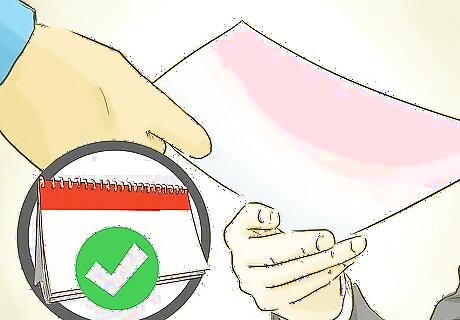
Send in the FPCA at least 90 days before Election Day. It takes time for your completed FPCA to make it back to your state’s election board office and for your vote to be processed. Since your absentee ballot will be issued by the state that you legally reside in, you’ll need to send the FPCA to that state’s election board. This address should be printed clearly on the return envelope issued with the FPCA.
If you are a US Citizen but have never lived in the US, you can still register to vote in most cases. To do so, you would use the last US address of a US citizen parent. You will be given these three choices: “I intend to return”; My return is uncertain”; or “Never resided.” If you choose "never resided," some states will only send you the federal part of the ballot. In 14 states, you can't get a ballot if you choose "never resided."
Submitting Your Absentee Ballot

Mail your absentee ballot directly to your local elections department. Place the completed ballot in the mailing envelope that was included when you received the ballot in the mail. Seal the envelope as the directions state. Drop the ballot off in a nearby mailbox at least 24 hours before the polls close on Election Day. Mail your ballot directly to your local elections department, regardless of whether you requested a ballot from the local department, state department, or through FVAP.
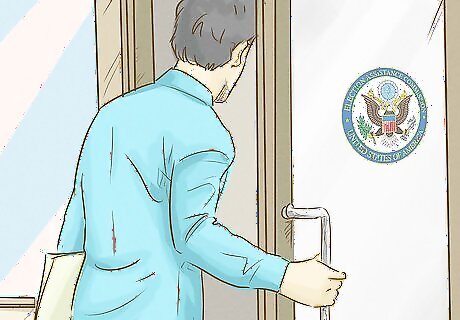
Deliver your ballot to your early-voting location in person before the election. If you are in-state when you complete your absentee ballot, deliver the ballot in person. If it’s within your state’s early voting period, you can take the ballot to the office of your local elections board. If it’s prior to your state’s early voting period, contact the elections board to find out where to drop off your ballot. Each state has different dates for its early voting period. Find your state’s specific dates at: http://www.ncsl.org/research/elections-and-campaigns/early-voting-in-state-elections.aspx#Early%20Voting%20Law%20Table. An early voting period is a window of time (usually about 30 days) during which states allow voters to vote early so they don’t have to wait in line on Election Day. Early voting in most states is not held at regular polling places.
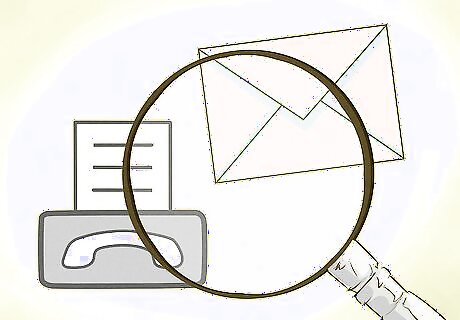
Send your absentee ballot by fax if the form directs you to do so. While all states allow you to send the materials by mail, not all allow you to send the information by fax. If you’re allowed to fax in the ballot, send it to the fax number provided by your county election office. Note that your local election officials may need to contact you for further verification, information, or clarification after you fax the ballot to them. Verify that your state and local election departments allow you to send the ballot by fax by accessing the department websites or by contacting the department by phone. States that allow voters to fax in their ballots include: Alaska, California, Florida, and Texas.
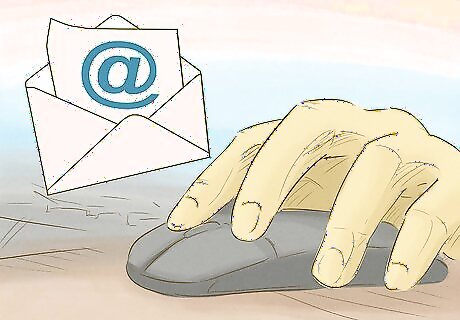
Submit your absentee ballot by email if you voted via electronic form. 19 states allow you to submit absentee ballots by email. If you received an electronic ballot, follow the instructions concerning how to turn the ballot back in. If no instructions are provided, contact the elections department you received the ballot from in order to find out specific details. This option is usually available only if the ballot itself is on electronic form. States that allow voters to submit their vote via email include: Delaware, Hawaii, Idaho, Montana, and Nevada.
















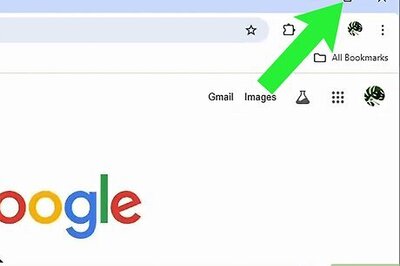

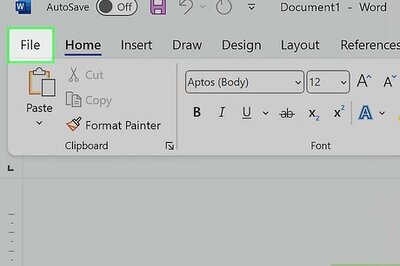

Comments
0 comment